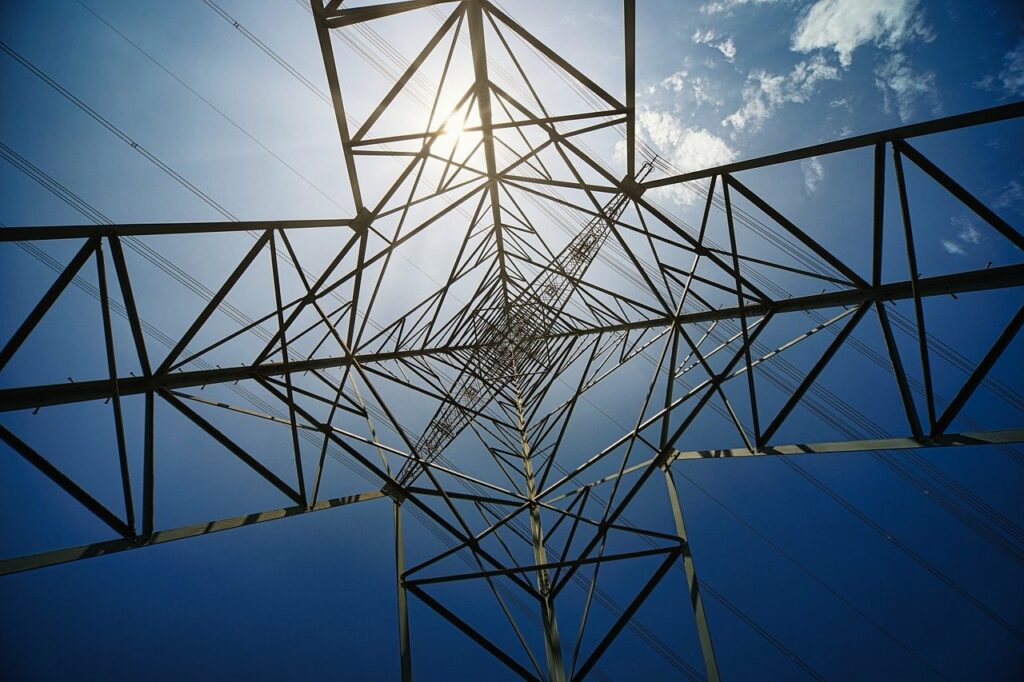Energy storage systems (ESS) in smart grids represent a growing sector with profound potential. According to industry reports, the global energy storage market was valued at $11 billion in 2022 and is expected to surpass $58 billion by 2025.
This surge underscores the essential role of optimized energy storage management in addressing the increasing complexities within smart grids, particularly with the integration of renewable energy sources (RESs).
Recent advancements in algorithmic solutions are tackling these complexities with innovative approaches. The VMD-MIIG-CNN-GRU-BiLSTM algorithms have demonstrated significant progress in predicting net load forecasts with a remarkably low mean absolute percentage error of 6%. This precision is vital given the inherent variability and uncertainty associated with renewable energy, especially from sources like solar and wind. These forecasting abilities are increasingly critical as renewable energy continues to capture a larger share of the global energy mix, driven by escalating commitments to carbon reduction and the transition away from fossil fuels.
Current challenges are exacerbated by the volatility in electricity prices fueled by fluctuations in renewable generation. A hybrid cascaded WT-MIIG-MLP network, pairing with the aforementioned algorithms, has shown a 7% error rate in electricity price predictions—an encouraging step toward stabilizing the economic ebbs and flows for grid operators. Such predictive models are essential not only for operational efficiency but also for maximizing profitability, especially in environments susceptible to sudden changes in energy supply and demand dynamics.
The integration of optimally sized ESS offers a tangible pathway to enhanced financial performance. In the studied microgrid scenario, revenue enhancement of about $1,870 was realized. This illustrates the potential economic benefits lies in strategic ESS deployment, mitigating risks and improving the economic viability of renewable-heavy grids.
Amid these developments, experts have ventured into multi-disciplinary strategies to amplify forecasting accuracy. Terms like deep neural networks, support vector machines, and hybrid models have entered mainstream discussions about renewable energy forecasting. These techniques reflect a broader trend toward leveraging machine learning to resolve the entrenched variability of renewable supplies. Statistical models, closely tied to short-term forecasting improvements, show that the nuanced blend of methodologies—integrating physical, statistical, and AI models—holds promise for the future energy landscape.
In practice, the deployment of these hybrid models is not merely academic. For instance, novel methodologies like MEMD-ACO-RF for solar radiation forecasting and ECBO combined with VMD for photovoltaic power generation illustrate the practical advancements occurring in the sector. Such innovations indicate a robust pipeline of research poised to bolster the predictive capabilities necessary for evolving energy markets, which in turn made informed decisions on grid operations and energy trading possible.
The landscape of energy storage and management, though rife with challenges, is seeing considerable technological strides that could redefine smart grid operations. As these algorithms mature and their applications broaden, they hold the potential to streamline energy storage systems’ functionality, fortifying the grid against conventional intermittency and future-proofing investments in clean energy technologies. This evolving dialogue between technological innovation and practical application remains central to the discourse on energy management in the era of renewables.
Industry standards and benchmarks continue to evolve alongside these innovations, with the demand for comprehensive frameworks to appraise their effectiveness more pressing than ever. The convergence of data-rich methodologies and intricate energy dynamics suggests a transformative decade ahead, with the energy storage market positioned intriguingly at its forefront. As we navigate this landscape, the stakes—both environmental and economic—are clear, emphasizing the importance of continued investment and research in optimizing our renewable future.
Stay updated on the latest in energy! Follow us on LinkedIn, Facebook, and X for real-time news and insights. Don’t miss out on exclusive interviews and webinars—subscribe to our YouTube channel today! Join our community and be part of the conversation shaping the future of energy.
